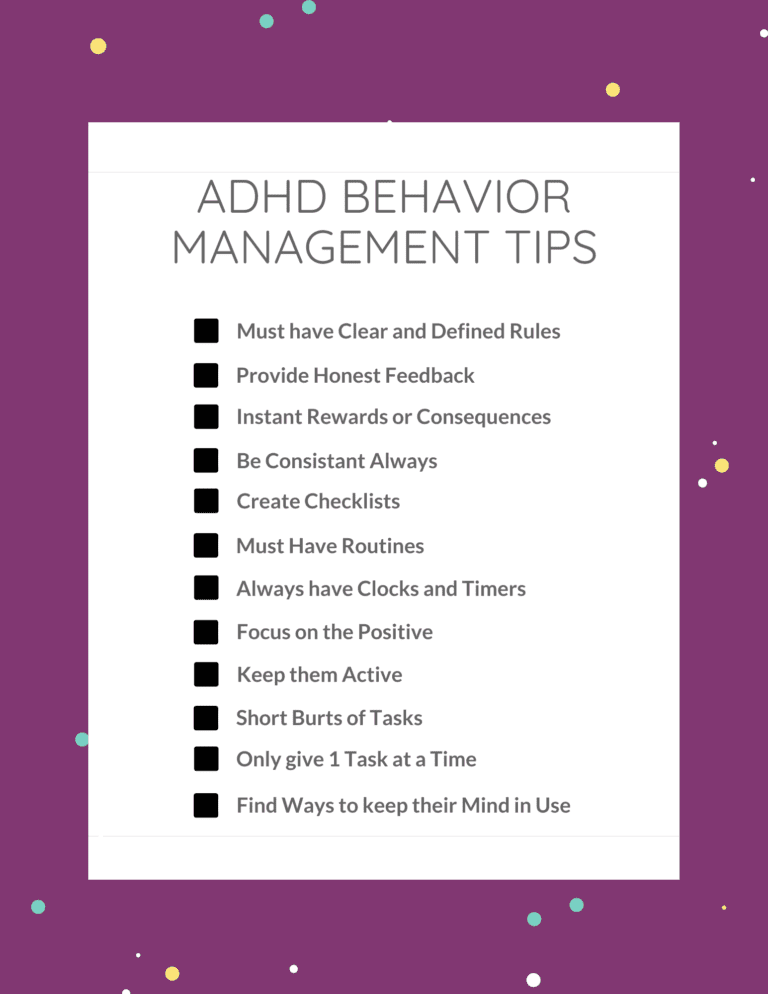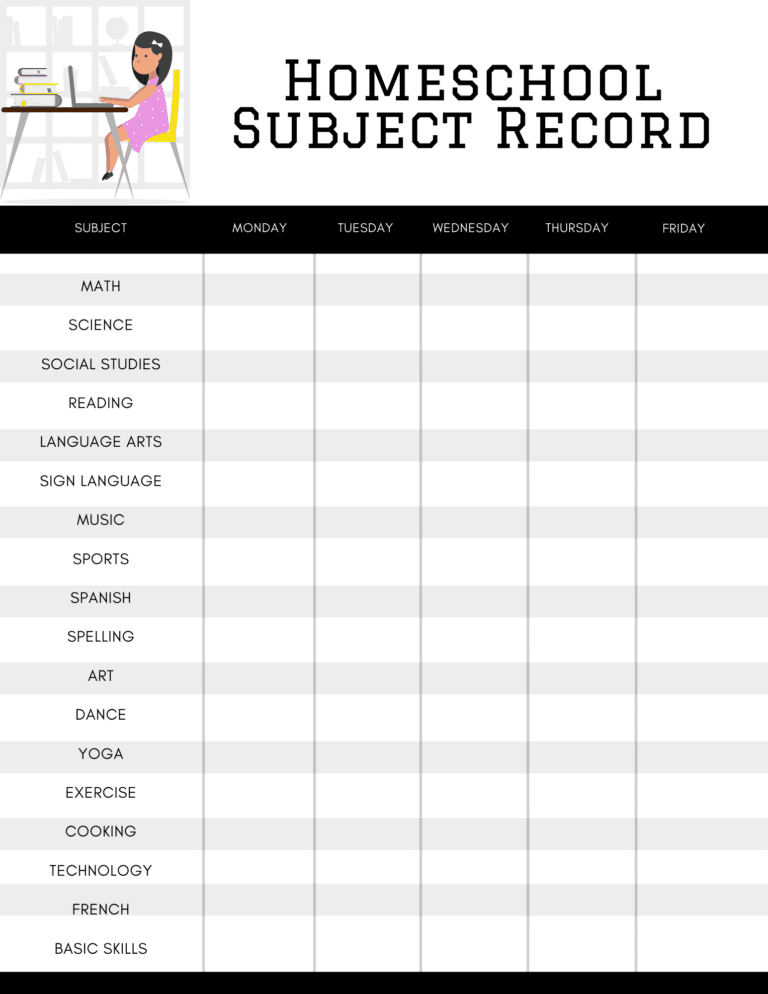Some of the links in this post are affiliate links. This means if you click on the link and purchase the item, I will receive an affiliate commission at no extra cost to you. All opinions remain my own.
Mathematics serves as a foundational pillar in a child’s education, particularly during the formative years of first grade. At this stage, children transition from basic counting and number recognition to more complex concepts such as addition, subtraction, and the understanding of simple patterns. The cognitive development that occurs during this period is crucial, as it sets the stage for future mathematical learning.
First graders are typically around six to seven years old, a time when they are naturally curious and eager to explore the world around them. This curiosity can be harnessed to make math not just a subject to be learned, but an exciting adventure filled with discovery. In first grade, math education often focuses on developing a strong number sense, which includes understanding quantities, recognizing numbers, and grasping the relationships between them.
Children begin to learn how to manipulate numbers through basic operations, which are essential for their academic growth. The goal is not only to teach them how to perform calculations, but also to help them understand the ‘why’ behind these operations. This understanding fosters critical thinking skills and encourages children to approach problems with confidence and creativity.
As educators and parents, it is vital to create an environment where math is seen as a fun and integral part of everyday life rather than a daunting task.
Key Takeaways
- Introducing basic math concepts early on can set a strong foundation for 1st graders.
- Games and activities can make learning math fun and engaging for young children.
- Math can be incorporated into everyday activities such as cooking, shopping, and playing games.
- Technology can be used to make math more interactive and enjoyable for 1st graders.
- Making math relevant to real-life situations can help 1st graders see the practical applications of math.
Using Games and Activities to Teach Math Concepts
One of the most effective ways to engage first graders in math is through games and hands-on activities. These interactive methods not only capture children’s attention but also reinforce mathematical concepts in a playful manner. For instance, board games that involve counting spaces or collecting items can help children practice addition and subtraction without the pressure of traditional worksheets.
Games like “Chutes and Ladders” or “Candy Land” incorporate counting and number recognition seamlessly into their gameplay, making learning feel like play rather than work. In addition to board games, educators can utilize physical activities that incorporate math concepts. For example, a scavenger hunt can be designed where children must find items that correspond to specific numbers or shapes.
This not only reinforces their understanding of numbers but also encourages movement and teamwork. Another engaging activity could involve using building blocks or LEGO sets to create structures based on specific mathematical criteria, such as using a certain number of blocks or creating symmetrical designs. These activities allow children to explore mathematical ideas in a tangible way, fostering both understanding and retention.
Incorporating Math into Everyday Activities

Integrating math into daily routines can significantly enhance a child’s understanding of mathematical concepts. Everyday activities provide rich opportunities for practical application of math skills. For instance, cooking together can be an excellent way to teach measurement and fractions.
When following a recipe, children can learn about quantities by measuring ingredients, which helps them grasp the concept of volume and proportion in a real-world context. This hands-on experience not only makes math relevant, but also instills a sense of accomplishment when they see the final product. Shopping trips also present numerous opportunities for math learning.
Parents can involve their children in counting items as they place them in the cart, or calculating the total cost of groceries by adding prices together. This not only reinforces addition skills but also introduces concepts like budgeting and making change. By framing these activities as fun challenges—such as “Can you count how many apples we have?” or “Let’s see if we can find three items that cost less than a dollar”—children are more likely to engage enthusiastically with the math involved.
Utilizing Technology to Make Math Fun
| Technology | Benefits |
|---|---|
| Math Apps | Engaging and interactive learning |
| Online Games | Improves problem-solving skills |
| Interactive Whiteboards | Enhances classroom participation |
| Virtual Manipulatives | Visualizes abstract math concepts |
In today’s digital age, technology offers innovative ways to make math enjoyable for first graders. Educational apps and online games designed specifically for young learners can provide interactive experiences that reinforce math skills through engaging visuals and sound effects. For example, apps like “Endless Numbers” or “Math Bingo” turn learning into an interactive game where children can practice their skills at their own pace while receiving instant feedback on their progress.
Moreover, online platforms often incorporate elements of gamification, such as rewards and levels, which motivate children to continue learning. These platforms can adapt to individual learning speeds, ensuring that each child is challenged appropriately without feeling overwhelmed. Additionally, incorporating videos or animated stories that feature math concepts can capture children’s imaginations while teaching them essential skills.
For instance, animated characters solving problems can illustrate mathematical concepts in a relatable way, making it easier for children to grasp abstract ideas.
Making Math Relevant and Engaging for 1st Graders
To truly engage first graders in math, it is essential to connect mathematical concepts to their interests and experiences. Children are more likely to be motivated when they see how math applies to their lives. For example, if a child loves animals, a lesson on addition could involve counting different types of animals or solving word problems related to pets.
By personalizing math lessons in this way, educators can create a more meaningful learning experience that resonates with each child’s unique interests. Storytelling is another powerful tool for making math relevant. Incorporating math into stories allows children to see characters facing mathematical challenges that they must solve.
For instance, a story about a character who needs to share cookies among friends can introduce division concepts in a relatable context. This narrative approach not only makes math more engaging, but also helps children develop problem-solving skills as they think critically about how to resolve the character’s dilemmas.
Encouraging Exploration and Discovery in Math

Open-Ended Questions Spark Critical Thinking
Open-ended questions such as “How many different ways can you make five?” or “What happens if we add one more block?” prompt children to think critically and explore various mathematical concepts.
Hands-On Exploration in Various Forms
Hands-on exploration can take many forms, from using manipulatives like counters or beads to engaging in outdoor activities that involve measuring distances or counting natural objects like leaves or rocks.
Math Stations for Tactile Learning
For instance, teachers might set up a “math station” where students can experiment with different materials—such as measuring cups filled with sand or water—to understand volume and capacity through tactile experiences. This kind of exploratory learning encourages curiosity and allows children to discover mathematical principles organically.
Fostering a Positive Attitude Towards Math
A positive attitude towards math is crucial for first graders as they begin their mathematical journey. It is essential for educators and parents to model enthusiasm for the subject and emphasize that making mistakes is part of the learning process. When children see adults approach math with confidence and curiosity, they are more likely to adopt a similar mindset.
Celebrating small successes—whether it’s mastering addition facts or completing a challenging puzzle—can help build their self-esteem and reinforce the idea that effort leads to improvement. Creating a supportive environment where questions are welcomed and exploration is encouraged also contributes significantly to fostering a positive attitude towards math. Instead of focusing solely on correct answers, educators should praise effort, creativity, and persistence in problem-solving.
For example, if a child struggles with a particular concept but shows determination in trying different approaches, acknowledging that effort can motivate them to keep trying rather than feeling discouraged by mistakes.
Making Math Enjoyable for 1st Graders
In conclusion, making math enjoyable for first graders involves a multifaceted approach that combines engaging activities, real-life applications, technology integration, and fostering a positive mindset towards learning. By utilizing games and hands-on experiences, incorporating math into everyday life, and connecting lessons to children’s interests, educators can create an enriching environment that promotes exploration and discovery in mathematics. Ultimately, instilling a love for math at this early stage lays the groundwork for future academic success and lifelong learning in this essential subject area.






